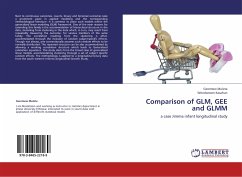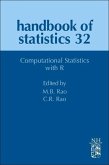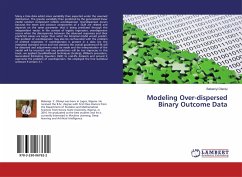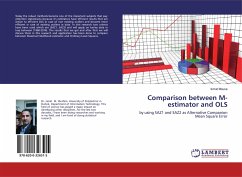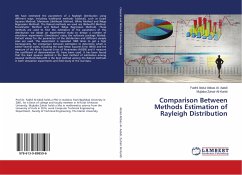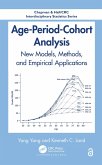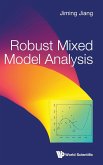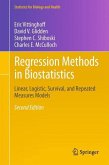Next to continuous outcomes, counts, binary and binomial outcomes take a prominent place in applied modeling and the corresponding methodological literature. It is common to place such models within the generalized linear modeling (GLM) framework. One of the main reasons for extending this family is the accommodation of hierarchical structure in the data, stemming from clustering in the data which, in turn, may result from repeatedly measuring the outcome, for various members of the same family. The correlation resulting from the clustering is often accommodated through the inclusion of random subject-specific effects. Though not always, one conventionally assumes such random effects to be normally distributed. The repeated structure can be also accommodated by allowing a working correlation structure which leads to Generalized estimation equations. This study starts from the broad class of generalized linear models, accommodating clustering through a set of subject specific random effects. The methodology is applied to a longitudinal binary data from the south western Infants Longitudinal Growth Study.
